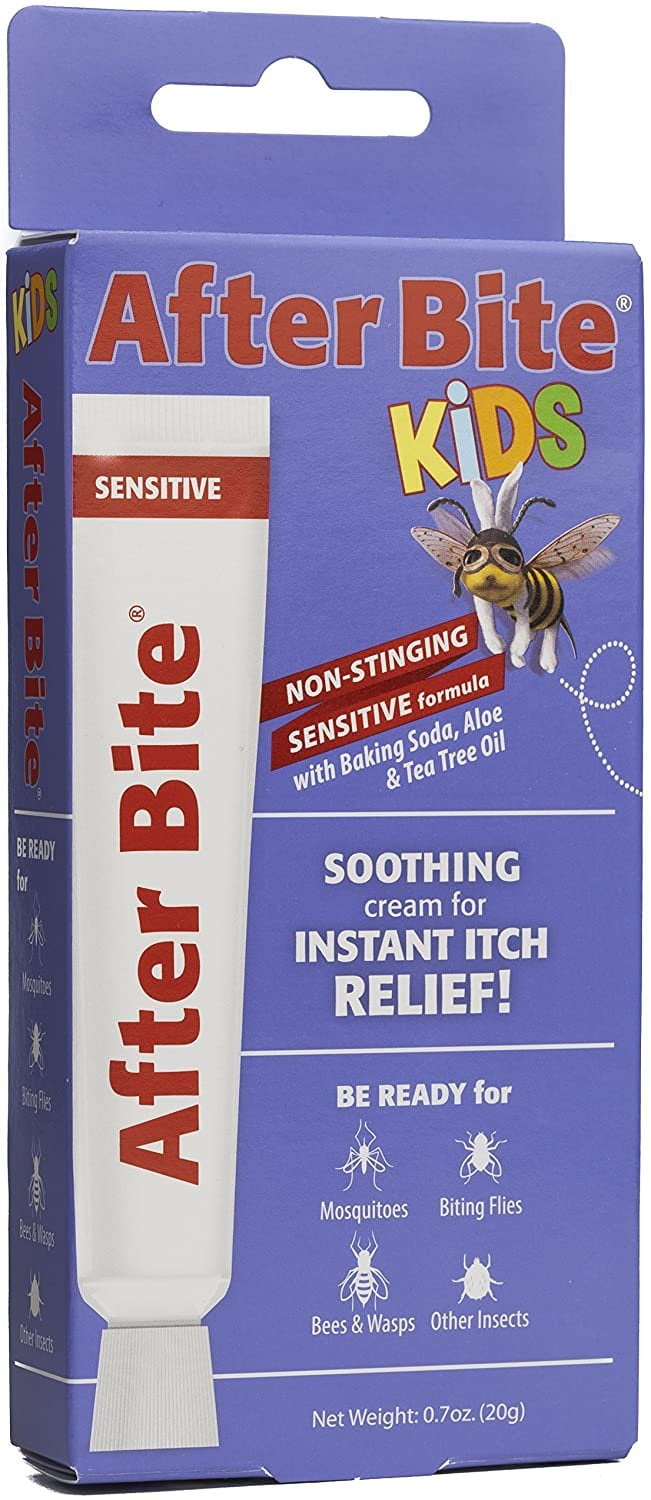
“These toxins can remain in your body for years,” says Tunde Akinleye, a chemist in Consumer Reports’ Food Safety Division who led our testing. The risks from heavy metals grow over time, in part because they accumulate in the kidneys and other internal organs. Students who had been exposed to arsenic in drinking water had IQ levels 5 to 6 points lower, on average, than students who had not been exposed. Those with high childhood lead readings had IQ levels 4.25 points lower, on average, than those with lower childhood lead levels.Įxposure to inorganic arsenic may also affect IQ, according to a recent Columbia University study of third- through fifth-graders in Maine.

“The effects of early exposure to heavy metals can have long-lasting impacts that may be impossible to reverse,” says Victor Villarreal, Ph.D., an assistant professor in the department of educational psychology at the University of Texas at San Antonio who has researched the effects of heavy metals on childhood development.įor example, researchers at Duke University looked at 565 adults who had their lead levels measured as children. But cadmium, inorganic arsenic, lead, and mercury ( especially methylmercury) can be toxic for everyone and pose particular risks for young children.Įxposure to even small amounts of these heavy metals at an early age may increase the risk of several health problems, especially lower IQ and behavior problems, and have been linked to autism and attention deficit hyperactivity disorder. The human body needs small amounts of certain heavy metals, such as iron and zinc, to function properly. What’s more, there are important steps parents can take right now to reduce their child’s health risks. Our testing did have some encouraging findings for parents: It showed that 16 of the products had less concerning levels of the heavy metals, suggesting that all baby food manufacturers should be able to achieve similar results. And whether problems develop depends on a host of factors, including genetics and exposure to other sources of heavy metals, such as from lead paint or contaminated water. He notes that consuming these foods doesn’t guarantee that a child will develop health problems, but that it may simply increase that risk. While those results are worrisome, parents who have been feeding these foods to their children don’t need to panic, says James Dickerson, Ph.D., chief scientific officer at Consumer Reports.


And annual sales of baby food now top $53 billion and are projected to reach more than $76 billion by 2021, according to Zion Market Research. More than 90 percent of parents with children 3 and under turn to these foods at least occasionally, a new Consumer Reports national survey of more than 3,000 people found.


 0 kommentar(er)
0 kommentar(er)
